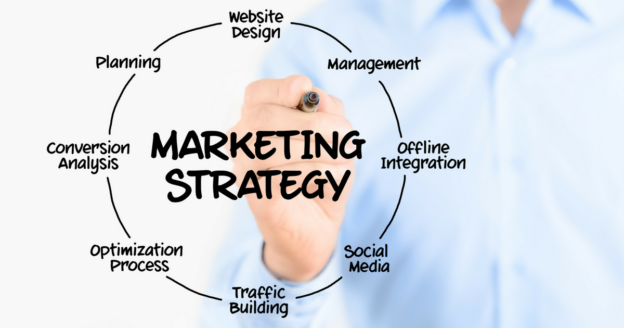Many Silicon Valley tech companies purposely make their technology as addictive as possible to maximize user engagement. Who, after all, can blame them? We’re not here to discuss the ethics of the matter, but rather the practical implications of how addictive technology may be impacting your employees’ work. Many believe it is damaging, others, a harmless inevitability. Studies suggest people are increasingly unhappy with their use of screen time and social media. The endless refresh cycle of major apps like Facebook, Twitter, Instagram, Twitch, etc. are highly addictive and, as we said, that’s no mistake, they’re engineered that way. In greater and greater numbers people have begun sacrificing their friends, family, and personal lives in the name of spending more time on social media and elsewhere online. So, although technology clearly has its benefits, the question remains: is our tech addiction good for business?
Decades ago, at the advent of the internet, companies often seek to limit unnecessary screen time by blocking sites and apps from work computers. Now, with the broad proliferation of personal smartphones at work, blocking simply won’t cut it. You may be able to restrict the websites your employees use while on their desktop but the trouble is that people do most of their social media browsing on their personal smartphones anyways! And, short of complete, intolerable micromanagement, there’s no stopping it. Moreover, the employees you most need to retain are often the ones least comfortable with site/app blocking. Another complication arises due to the fact that some employees actually need to be on social media and other distracting websites in order to do their jobs. That, in fact, sometimes is their job! In the battle for your employees’ well being, there are a number of proven techniques that can really help.
Encourage screen time boundaries
Screens are sometimes good, sometimes bad. You don’t need to be a Luddite to recognize the fact that a constant stream of never-ending screens can create some problems. Try running creative meetings that involve no screens (mobile, watch or laptop) whatsoever and watch focus increase. At company gatherings and socials you should implement a strict “no electronic device” rule. People may be resistant to this at first, but over time they’ll adjust and eventually, they’ll appreciate it. By clearly articulating “This is a no-device time” for specific events, you will have a greater impact on people than a blanket ban on all devices, so use it sparingly.
Make Lunch (At Least Occasionally) A Thing
One of most odd paradoxes of social media is that, in spite of it being built to “connect” people, it actually ends up making them feel more isolated. This can affect both employees personal and professional lives and sometimes even lead to serious depression. You can’t overestimate the importance of good ole’ fashion face-to-face interactions with employees, and lunch is a great, easy way to do it.
Create A Distraction-Free Time
The average employee’s workday is filled with distractions. Some are enjoyable like friendly chit-chat, and others like excessive emails can be frustrating. Either way, “distraction-free zones” can dramatically improve overall employee happiness, which usually leads to better productivity.
To have employees take this time seriously and literally, you should have them actually schedule a small hour or so block of time off in which they can have their “distraction-free time.” This can be achieved via things like auto-responders and hotel-style “do not disturb signs.” But the main thing is cultural, everyone in your company must be made to understand and take everyone else’s “distraction-free time” seriously.
Technology is but one of several important facets of a successful business. Contact us today at 1-888-201-0567 to learn more about branding, marketing, sales training, and how to turn your practice into a growth machine. We offer individually tailored consulting packages that produce an average return on investment of 165%.













